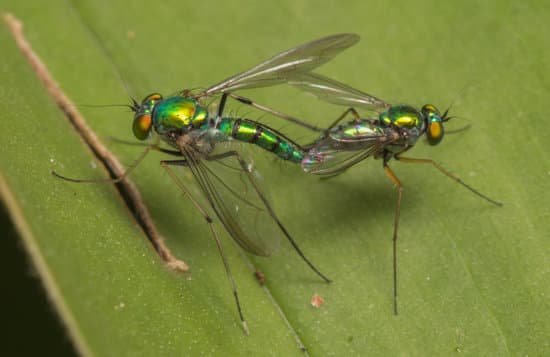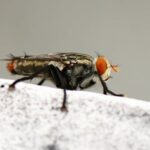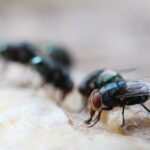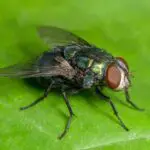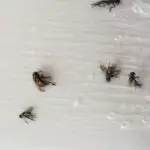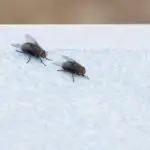How Well Do Flies See?
Flies can see at up to six times the rate of a human being. This speed is caused by mechanical responses, which allow neural signals to be processed faster. As a result, flying animals like flies can react more quickly to threats, such as other flies or obstacles.
The eyes of flies are made up of thousands of tiny images that are converged into a single large image. This mosaic-like vision helps flies detect their prey and move in the environment. The more ommatidia (photoreceptor cells) a fly has, the clearer its image will be.
The eyes of insects are far more complex than we would imagine. Unlike humans, insects have compound eyes made up of thousands of tiny lens-capped ‘eye-units’. These units should be able to capture images even at low resolution. In contrast, the human eye only has a single lens, which bulges outward to focus light onto the retinal light-sensor array.
Insects have compound eyes, which are composed of thousands of photoreceptors. Almost all species of insects have compound eyes. These eyes help them see in three dimensions. Although these compound eyes are complicated, they do help insects see better than most other creatures. The compound eye also enhances contrast sensitivity in dim light, which helps nocturnal creatures see brighter environments.
In order to test how well flies see, scientists have developed a virtual reality chamber that mimics the visual environment. The cylinder’s walls are lined with green diodes, which display images at 3,000 to 4,000 frames per second. Flies are then tied to a post in the middle. This enables the flies to see the images and the movement in three dimensions, 10 times faster than the human eye.
